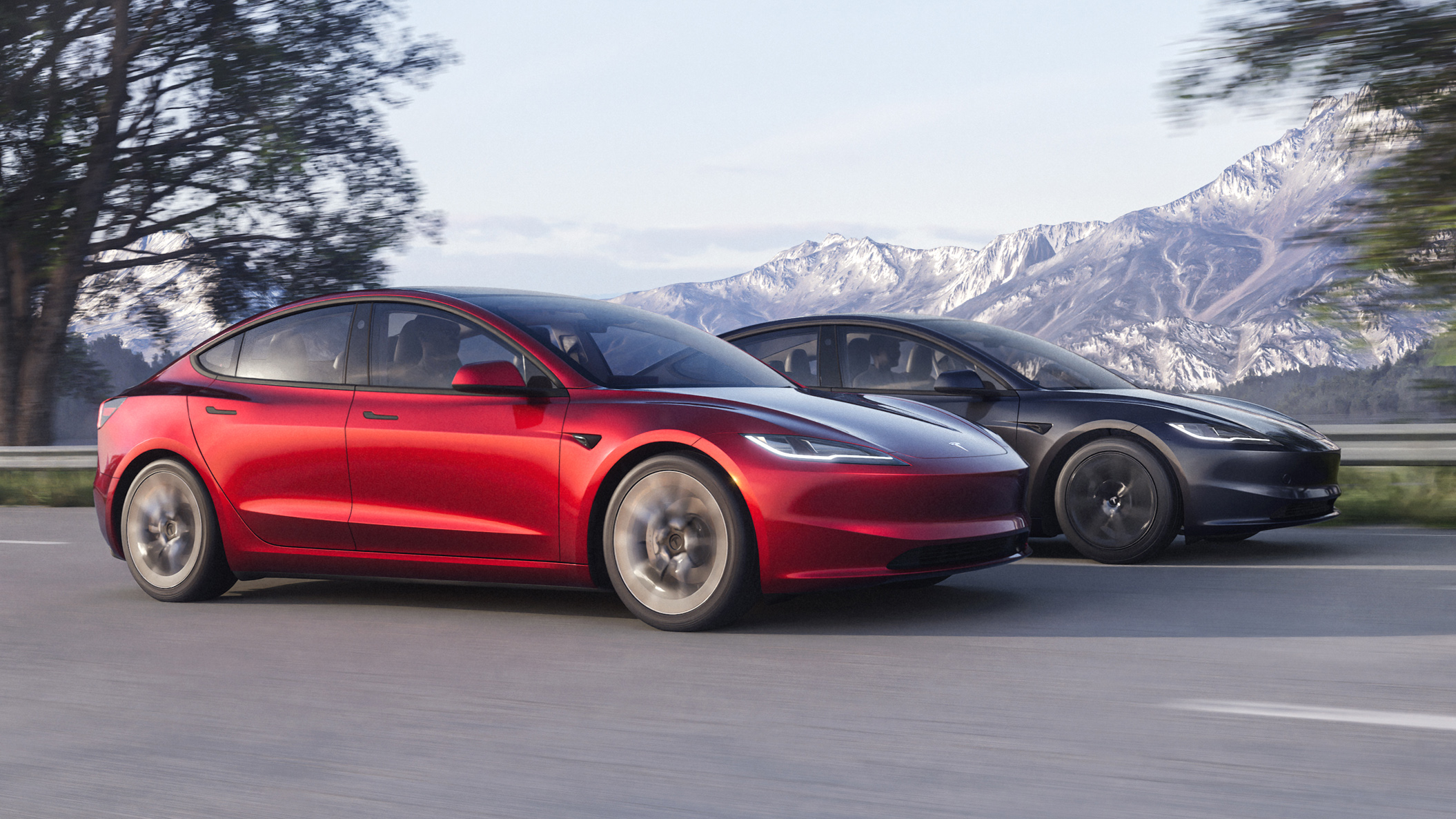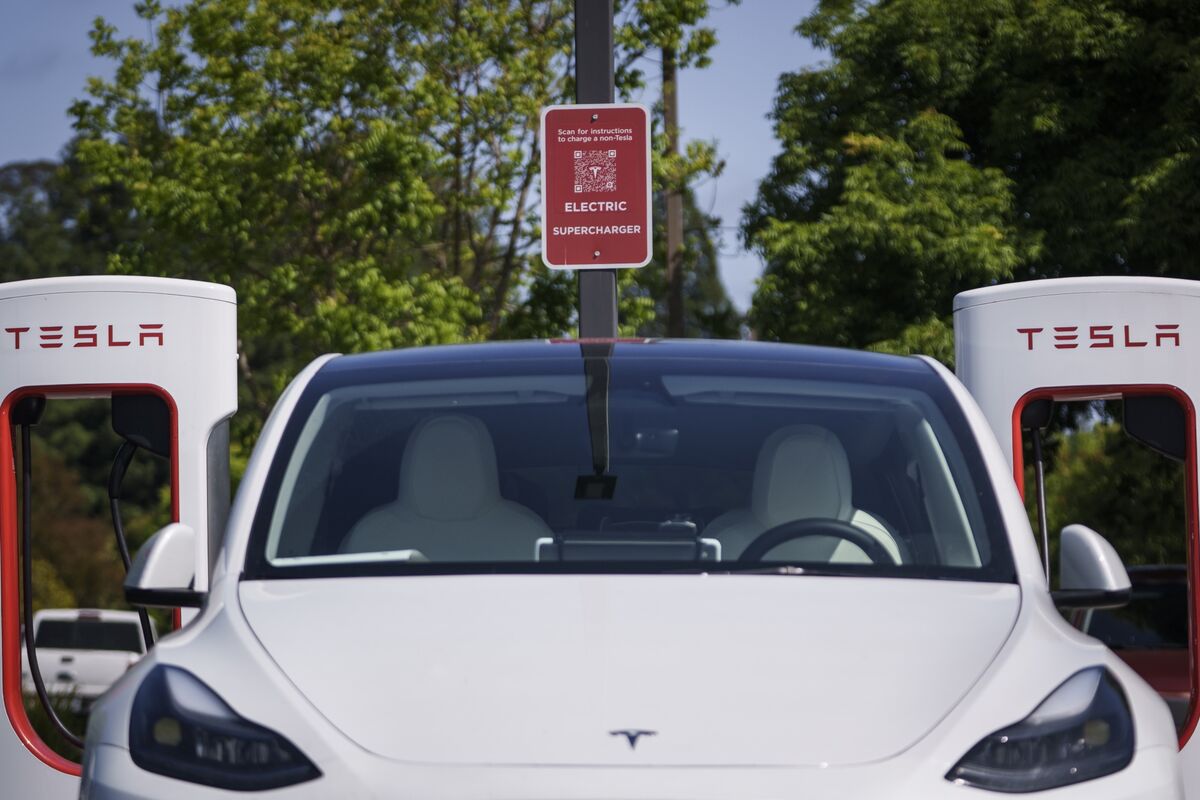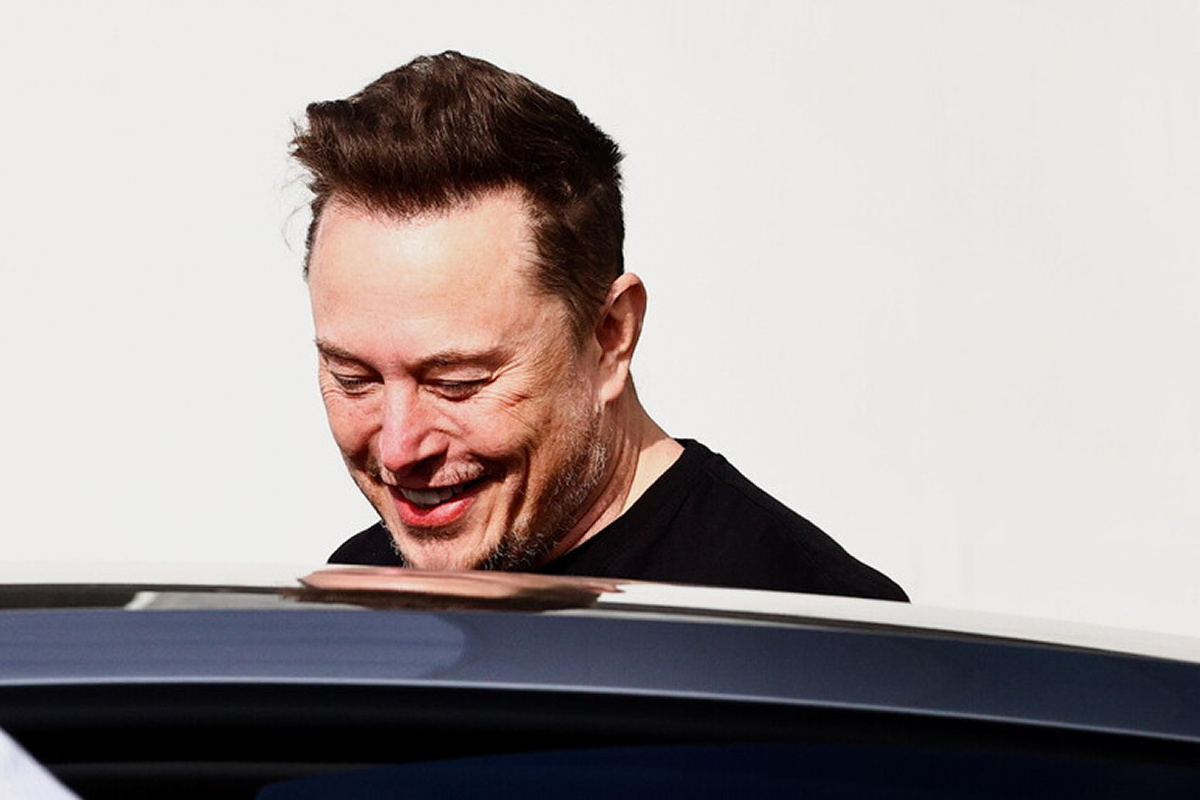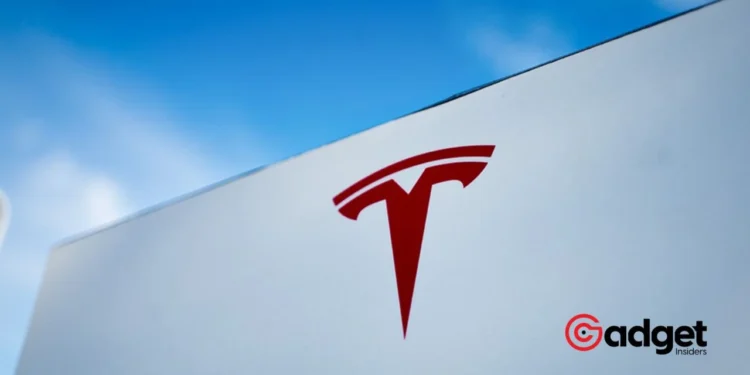As the buzz around autonomous vehicles continues to grow, Tesla, under the leadership of CEO Elon Musk, finds itself at the center of heightened anticipation and skepticism. Recently, Musk tantalized tech enthusiasts and investors alike with a promise to unveil a new robotaxi product in August.
However, key regulatory bodies in California—the hub for autonomous vehicle innovation—report a conspicuous lack of communication from the electric vehicle giant.

California’s Department of Motor Vehicles and the California Public Utilities Commission (CPUC), the primary agencies overseeing robotaxis, confirmed to NBC News that they have not been approached by Tesla regarding the necessary permits for operating a driverless car service.
This absence of engagement is not limited to California; similar reports have emerged from Arizona and Nevada, adding layers of concern about Tesla’s preparedness to launch such a service.
A Closer Look at Tesla’s Regulatory Landscape
To operate robotaxis in California, companies must navigate a two-tiered permitting process involving both the DMV and the CPUC. While Tesla holds a basic permit for testing autonomous vehicles with human oversight, it lacks the more advanced permit required for completely driverless operations.
In contrast, only a select few companies have secured this high-level permit, reflecting the stringent safety and regulatory benchmarks set by the state.

Tesla’s a long way away from getting that approval, stated Brad Templeton, an autonomous vehicle industry consultant, highlighting the complex pathway to launching a fully autonomous service.
This disconnect raises questions about the feasibility of Musk’s timeline, especially considering that companies like Waymo needed eight months to secure their initial CPUC permit for a fare-based robotaxi service.
Tesla vs. Waymo: Divergent Paths in Autonomous Technology
Tesla’s approach to autonomous technology markedly differs from that of Waymo and other industry players. Opting to eschew expensive sensor technology like LiDAR, Tesla has incrementally rolled out driver assistance systems nationwide.
This strategy contrasts sharply with Waymo’s methodical focus on mastering autonomous operations within confined geographic locales.
Despite these advancements, Tesla’s “full self-driving” capability still necessitates a human driver ready to intervene, underscoring the nascent stage of its technology in the context of true autonomy.
Elon Musk said this month he plans to unveil a Tesla robotaxi this summer, but California and Nevada regulators said Tesla hasn’t applied for two permits it would need. https://t.co/qOiYlR2oTU
— NBC News (@NBCNews) April 12, 2024
Robotaxi: Regulatory and Market Challenges Ahead
As Tesla navigates the regulatory maze, the implications of its strategy—or lack thereof—are significant. Without the necessary approvals, Tesla’s plans for a robotaxi rollout might face substantial delays, potentially excluding it from key markets like California, where it ranks as the second-largest seller of new vehicles.
Moreover, the broader landscape of autonomous vehicle regulation varies dramatically across states, which could complicate Tesla’s national ambitions.
Each state’s unique regulatory environment adds another layer of complexity to Tesla’s challenge, as seen with the company’s non-engagement with Arizona’s Department of Transportation regarding transportation network company (TNC) permits.

Elon Musk’s Vision and Market Reactions
Despite the regulatory hurdles, Musk’s announcement had a noticeable impact on Tesla’s market standing. Following a decline in Tesla shares due to a drop in vehicle deliveries, the mere hint of the upcoming robotaxi reveal boosted the company’s stock by 4.9%.
This reflects the enduring market faith in Musk’s vision, even as practical challenges loom large.
Elon Musk has long envisioned a robotaxi network utilizing Tesla vehicles from a decentralized ownership model, potentially revolutionizing the concept of vehicle ownership and usage.
However, as regulatory agencies await concrete proposals, the pathway to realization remains fraught with obstacles. In the evolving narrative of autonomous vehicles, Tesla’s journey encapsulates the tension between visionary ambitions and the pragmatic steps required for their realization.
As stakeholders watch closely, the coming months are poised to be pivotal in shaping the future of transportation, with Tesla at its potential forefront—or periphery.










